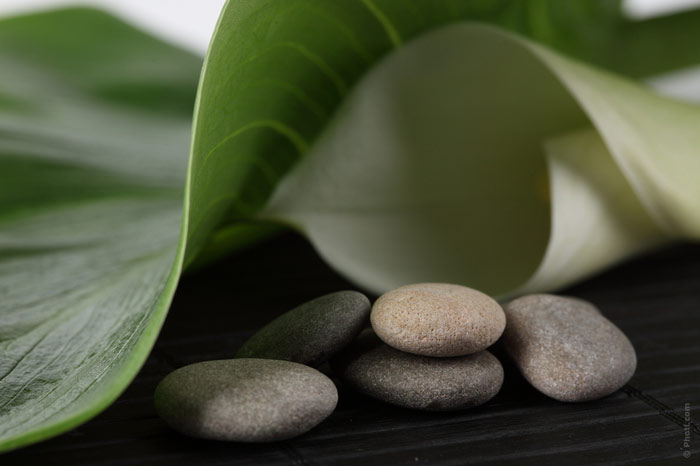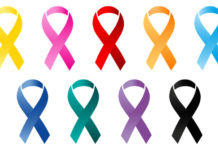
Although it can be confusing deciding on the best type of therapy to get if you have a variety of nagging aches and pains, a good choice would be getting a massage, which is well-known for offering pain relief and speeding up the body’s ability to heal itself. A professional massage therapist will use hand, finger, and elbow pressure techniques on stiff, sore, and aching muscles, tendons, and joints for the relief of emotional stress and physical pain.
Besides knowing exactly how to help you, a massage therapist also uses special equipment to access those target areas of a muscle that need to be pressed, squeezed, kneaded, or pressured in some way. The types of massage beds that therapists use can also make a big difference. For one thing, they are designed to be wide enough for all kinds of body types, ranging from tall to short and from wide to narrow. In another, they are also designed to accommodate the height of the therapist so that they can comfortably work on clients from all angles as they stand above them and move around the table. So, a smaller therapist may prefer a table between 28 to 30 inches while taller therapist may prefer one that’s between 30 to 32 inches.
Massage Therapy for Aches and Pains
Therapists work with a wide variety of aches and pains arising from different causes. They work on everything from simple soreness to muscular injury and address everything from headaches to aching foot arches. However, the most common complaint they come across is back pain. Many practitioners in the healthcare field, like chiropractors, physiotherapists, and massage therapists, speculate that there appears to be an epidemic of this type of pain. The main reason may have to do with our sedentary lifestyles because we often sit for long periods of time throughout the day. For example, many people with office jobs sit in the office in front of the desk, then sit while commuting back and forth to work, and then sit again on the couch as they unwind after a stressful day by watching TV.
Neuromuscular massage therapy can prove particularly effective if you are going to a therapist for this reason. The treatment will begin with long and flowing strokes to increase blood circulation from head to toe. Then the therapist will begin to apply pressure to those specific target points that appear to be giving you the most pain. This systematic use of pressure will relieve the pain because it heals adhesions in connective tissue. While a single treatment will relieve a considerable amount of pain and help your body to begin to heal itself, you may need to have several sessions if you have chronic back pain.

3 Popular Types of Massage
There are numerous types of massage, with three of the most popular types being Swedish Massage Therapy, Deep Tissue Massage Therapy, and Shiatsu Massage Therapy.
Swedish Massage Therapy
Swedish Massage Therapy is the most common form offered whether you get a massage in a clinic, a gym, or a spa. Its popularity is due to its use of familiar Western anatomy and physiology concepts and because it works on a wide range of common aches and pains. It consists of some basic strokes: long strokes called effleurage, kneading pressure called petrissage, and percussion movements called tapotement. It also uses small circular hand movements to create friction and shaking movements to create vibrations.
Deep Tissue Massage Therapy
Deep Tissue Massage Therapy is useful if you have chronically tight and painful muscles arising from repetitive strain, bad posture, or a sport’s injury. This focused type of massage can be painful as the therapist will work across the grain of your muscles to break up the adhesions (knotted muscles) to access deep layers of your muscles and connective tissue.
Shiatsu Massage Therapy
Shiatsu Massage Therapy comes from Japan and therapists use fingers, hands, or elbows to press directly down on acupressure points. According to Chinese medicine, many aches and pains are due to stagnant energy and stimulating acupressure points in the body can rebalance energy movement. Shiatsu is often recommended if you have arthritis, insomnia, or sciatica; although it has often proved highly effective for stress-related neck and back pain, too.
In closing, it’s important to be aware that you don’t have to worry about picking the wrong type of massage because you’re not sure about the cause of your aches and pains. Since most forms of massage are capable of helping a broad spectrum of health challenges or injuries, deciding on the best therapy should be based on your personal preferences.






